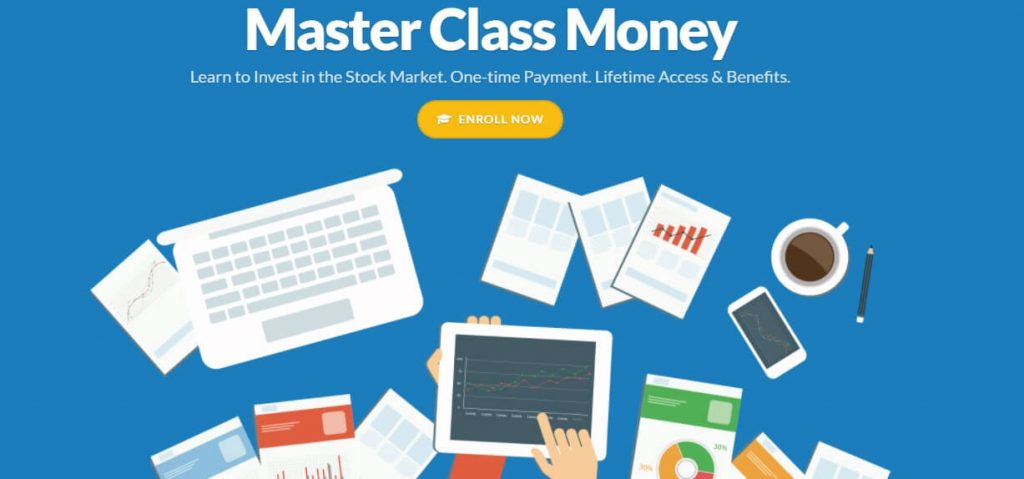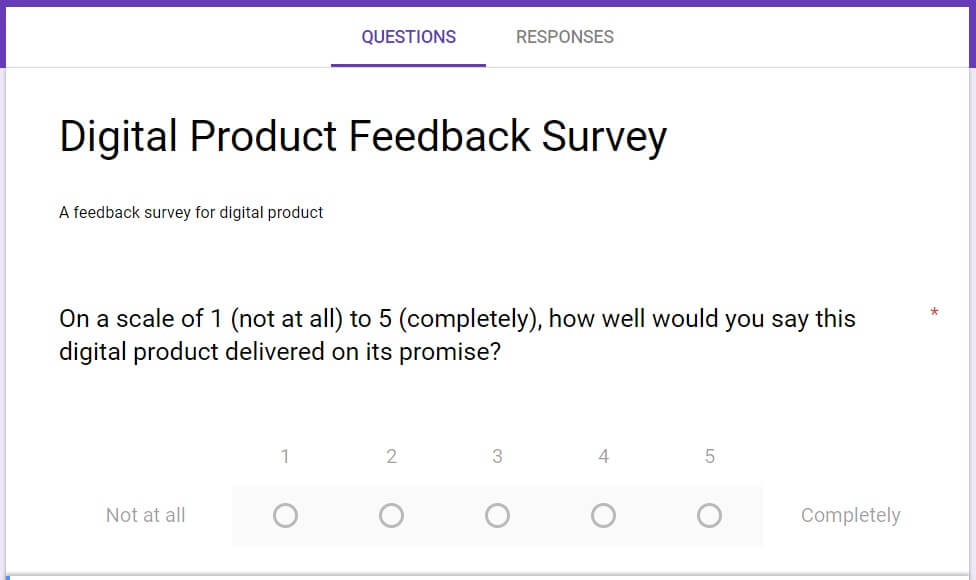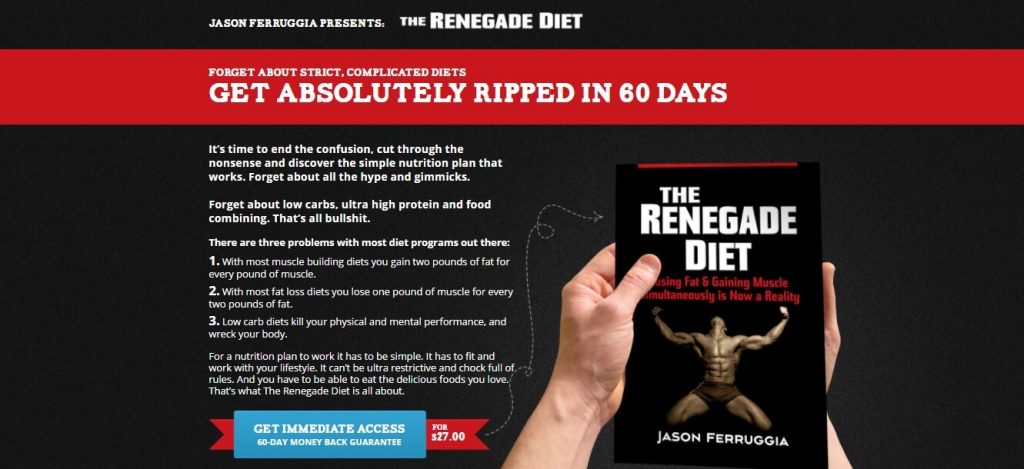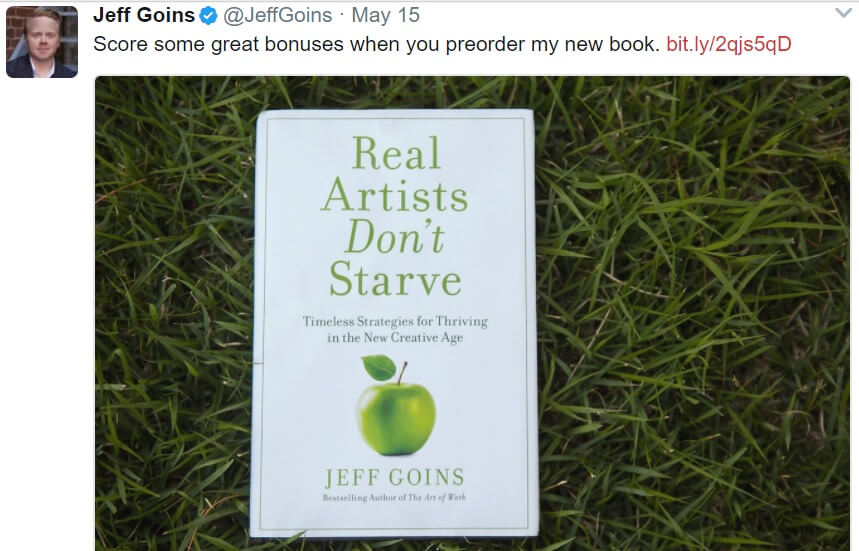Learn About Info Products
When you begin to venture into the world of blog monetization, the choices can seem overwhelming. Options include affiliate marketing and advertisements, but both come with a level of uncertainty. After all, there are aspects of each that you have no control over, such as profit-per-sale or product troubleshooting.
If you’re interested in total control over your monetization methods, then digital product sales are the way to go. This is because you play a key role in the process from start to finish, and you have the ability to create the exact items your audience will love.
In this post, we’ll introduce you to digital products, including how they can be used with your blog to earn you money. We’ll then provide you with a simple three-step process for creating popular and profitable digital items of your own, as well as a few tips for marketing them effectively. Let’s get started!
An Introduction to Digital Products
As a blogger, it’s very likely that you’ve come across digital products available for free or purchase. It’s a popular format, and one that many bloggers use as a source of monetization.

The 30 Day Blog Challenge is an example of a digital blog product (an e-course).
In the simplest terms, digital products are goods that are solely computer-based; these include e-books, e-courses, information sheets, artwork, photography, and so much more. Since these formats are so popular among bloggers, it’s crucial that yours stands out from the crowd. To ensure this, you want to focus on creating a superior product; this means one that offers premium value and solves readers’ problems.
While bloggers can certainly make money from non-digital items, the digital format is growing in popularity for a number of reasons. For example:
- They’re versatile. When you have audience members all over the world, it’s important to have options. With digital formats, you can easily create versatile products, including those that can be utilized in different ways or on different devices (such as desktops, tablets, cell phones, and e-readers).
- They can often be made for free. With the wide variety of free software and tutorials available online, digital products are usually cheaper to make than physical items and, in some cases, even free.
- They’re easy to sell and deliver. With instant and automated delivery options and the ability to collect online payment in a variety of ways, digital products cut down on the time you spend handling transactions.
With the above reasons in mind, it’s easy to see why bloggers favor digital formats. Let’s now focus on the how behind product creation.
How to Create Popular and Profitable Digital Products for Your Blog (in 3 Simple Steps)
With a deeper understanding of why this might be a good strategy for you, let’s break down the process of product creation.
Step #1: Choose a Product Type
With such a wide variety of formats available, it can be difficult to choose just one. However, the type of product you choose can contribute significantly to your success (or lack thereof).

E-courses, such as the Master Class Money course offered by Money After Graduation, are a popular digital product type.
As mentioned above, digital items include e-books, e-courses, artwork, information downloads, and more. Choosing a product type means deciding what information you will offer and in which format. This step is absolutely vital, because the process of developing and creating each one varies widely.
Of course, the most important part of this step is determining what type of product your audience would like and benefit from. To get started, here are two steps to take:
- Perform market research: Look to your competition for a few ideas, and also be sure to consider reader demographics.
- Ask your audience directly: With a survey or poll, you can find out in a matter of hours what kinds of products your audience would most like to see.
If the information you want to provide can be delivered in various formats, you may want to consider choosing an ‘easier’ format to begin with. This will ensure that you create the best digital item possible, and gives you the opportunity to test the market without spending too much time and resources. You can always expand your offerings to other formats later.
Step #2: Create Your Product
It’s now time to roll up your sleeves and get started on the dirty work. Let’s take a closer look at what the creation stage entails, and how you can execute it efficiently.

You can use free tools, such as Google Docs, to create your digital products.
As you might imagine, this is the most involved step in the process. With various smaller steps involved, from outline to final draft, this will take time, patience, and perseverance to complete.
Without a proper understanding of how the creation of each digital format works, this step can quickly become overwhelming. Here are three tips that will give you a solid start and make the process more manageable.
- Plan ahead. Behind every successful product is a solid plan. Research your chosen format, understand the tasks involved, and estimate the time required for completion.
- Use SMART goals. Create goals that are specific, measurable, attainable, relevant, and time-based. Use these as guidelines as you plan, and as a way to measure progress as you go along.
- Utilize the right technology. This will make the creation process smoother, and it will ensure the best results. A few examples include Microsoft Word or PowerPoint for e-books, and a video editor and email program for e-courses.
While many bloggers like to have full control over the process, it is possible to outsource parts (or all) of product creation. This may mean employing a freelancer, hiring an agency, or even working with an agent to create the best product for your audience.
Step #3: Obtain Feedback and Make Changes
As your main goal is customer satisfaction, it’s important to get feedback from your customers and then incorporate it before the final launch.

A survey is a quick and easy way to obtain feedback on your digital products.
Feedback is input you get from your readers that’s specific to the product you’ve created. It may include criticism, compliments, or suggestions for future product updates. All of this is useful information that you can use to make improvements.
There are two ways to easily obtain feedback from your audience. They are:
- Run a beta group. This is a small group of regular blog readers who are given early access to the product. With the beta group, you can ensure that all elements work as they’re supposed to and that they meet audience needs and expectations.
- Offer a rebate in exchange for filling out a survey. While you can’t always ensure that your audience members will review your product, offering a rebate can increase the number of buyers who take the time to do so.
With direct audience feedback now in hand, you can make the necessary changes. For the best results, we recommend obtaining feedback prior to launch. However, you can also obtain it afterwards and roll out an updated version.
4 Tips for Marketing Your Digital Product Effectively
With the most difficult part out of the way, it’s now time to market your awesome product to your blog audience. Here are four tips to start you off on the right foot.
1. Add an Email Opt-In Form to Your Blog
To encourage reader engagement, as well as keep those interested in your products in the loop, an email opt-in is a win-win for both you and your audience.

Email opt-in forms can be used to sign up your site readers for emails related to your launch.
An email opt-in is a form on your blog – typically displayed in a prominent place – that collects visitor information, such as their name and email. This data is then used to send targeted messages, such as those promoting a digital product.
To get the most out of this tip, here are a few important elements of an effective email opt-in form for your blog:
- Limit input fields. The less work your readers have to do, the more likely they are to sign up. The only field that’s really necessary is Email, but a Name field can be a useful addition.
- Use instant gratification. Offer a free gift to readers who sign up. This might be an excerpt from your soon-to-be-released e-book, or a video introduction to your e-course.
- Highlight the benefits. Instead of listing features, focus on the benefits readers will get when they sign up. This makes the opt-in far more compelling.
This is perhaps one of the easiest ways to promote your product, as all it requires is initial setup and the occasional sending of update emails. However, it’s not the most effective promotional strategy as only regular site visitors will be exposed to it.
2. Create a Product-Specific Landing Page
It’s not enough to promote your product within blog posts and on social media. It’s also vital that the product you create has its own page.

A product-specific landing page, such as this one seen for The Renegade Diet e-book, provides all the information that readers need.
A landing page is a dedicated section of your website – typically a single web page – that highlights a particular product, event, or promotion. This is an effective way to market your product because it offers a focused page, one that exclusively highlights the digital item you’re looking to promote.
While a landing page isn’t difficult to create, here are a few tips to get you started on creating an effective one:
- Use engaging copy. Your copy should be compelling and direct. This means focusing on benefits and writing for your audience.
- Include a powerful call-to-action. Your call-to-action should be action-focused and urgent. This means using powerful verbs and emotive language.
- Provide visitors with limited options. The sole purpose of a landing page is to get visitors to convert (in this case, buy your product). With this in mind, you want to keep options (including navigation menus and calls-to-action) to a minimum. Include a Purchase option, and perhaps a Contact feature; of course, also include a link to your homepage.
With a landing page, you now have a direct product link to include in social media posts, on niche forums, and on your website.
3. Host a Webinar to Showcase Your Product
Webinars can be daunting, even for the most experienced bloggers. However, they’re a great way to give your audience an inside look and encourage conversions.

GoToWebinar is just one of dozens of webinar hosting platforms available.
A webinar is a web-conferencing event with a particular focus. In this case, the webinar will focus on your product or a benefit that buyers can expect from its purchase. This is an excellent way to showcase your digital item and convince those who aren’t 100% on board to purchase it.
Hosting a webinar can be daunting, especially for a first-timer. However, these four tips will start you on the right path:
- Focus on the benefits. What will your viewers gain from this product? In particular, what issue is currently troubling your viewers, and how can you help to relieve it?
- Advertise ahead of time. To get the most from your webinar, you want to invite as many people as possible. Advertise in blog posts, across social media, and in the form of a header advertisement on your website.
- Provide a live look-through of the product. This is a great way to introduce viewers to the item and its features.
- Offer a discount to viewers. This is an easy way to thank viewers for their time, and it may convince those who aren’t 100% sure they want to purchase.
A webinar can be a perfect pre-launch event to get your readers excited about your product. However, you can also use post-launch webinars to provide additional and value increase sales.
4. Create a Social Media Campaign
As mentioned above, it’s a great idea to advertise webinars on your social media accounts. However, a full-fledged social media campaign can offer so much more than just webinar attendees.

Author Jeff Goins uses social media to promote his latest book.
A social media campaign is a marketing effort that aims to meet specific goals. When it comes to promoting your digital product, these goals may include increased reach and sales. With more than 2.7 billion people actively participating on social media, it’s a huge potential source of customers.
Of course, an effective social media campaign requires a bit of work on your end. Here’s what you can do to ensure that your campaign has the best chance of success:
- Create a plan. This should include exactly what you’d like to achieve and offer an overall view of your campaign.
- Set clear goals. Using SMART goals as outlined above, you can create a campaign that hits all your major business goals, such as improving reach and boosting sales.
- Use paid advertisements. An up-front investment can improve your campaign’s reach, and it can even boost conversions.
- Monitor engagement. To keep your campaign on track, monitor user engagement throughout the process and adjust accordingly.
When done correctly, a social media campaign can skyrocket your product launch. That’s why it’s important to have a clear plan and well-defined goals beforehand, and know how to track and adjust your campaign as it progresses.
